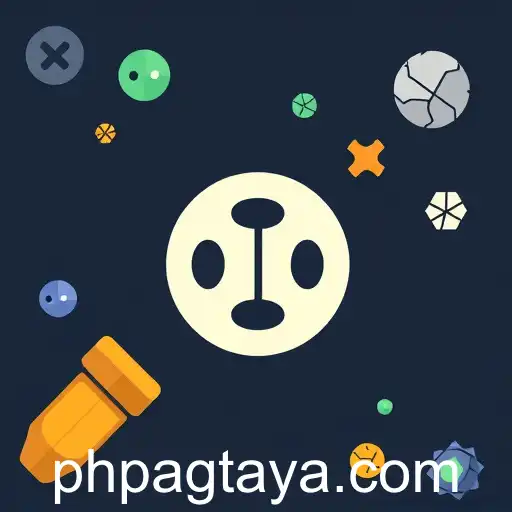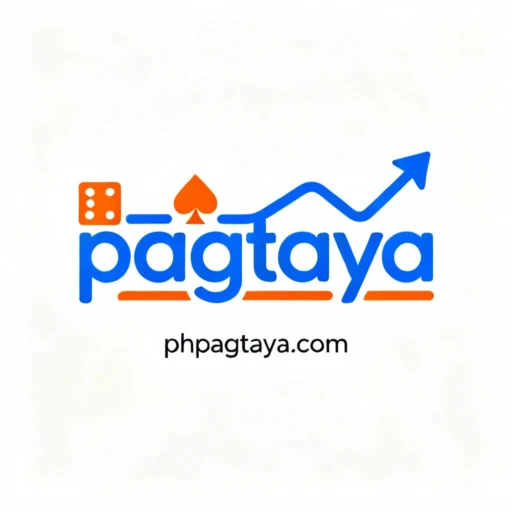pagtaya | Exploring 'Learning Resources' Games: A Deep Dive into 'Pagtaya' as an Educational Tool

In the digital age, educational tools have evolved significantly, making learning an interactive and engaging experience. One of the noteworthy categories in this space is 'Learning Resources,' especially games designed to promote educational development. Among the variety of keywords associated with this category, 'pagtaya' holds special significance, offering unique insights into educational gamification.
'Pagtaya,' a term that can be associated with evaluation or estimation, is utilized as a central concept in games that aim to develop cognitive skills such as problem-solving, logical reasoning, and decision-making. These games often present players with scenarios where they must estimate outcomes or assess solutions, mirroring real-world problem-solving scenarios.
The 'Learning Resources' category typically features a variety of games, ranging from math and science challenges to language and logical puzzles. Games underpinned by 'pagtaya' encourage critical thinking and enable players to apply theoretical knowledge practically, which is crucial in educational contexts. By integrating 'pagtaya' in game design, developers create opportunities for learners to practice estimation skills, a fundamental aspect across various academic disciplines.
Games focusing on 'pagtaya' often require players to make predictions or decisions based on incomplete data, a method that helps develop their ability to handle uncertainty and build confidence in their judgment. This approach is especially beneficial in subjects like mathematics and science, where approximation and hypothesis validation are integral.
In addition to cognitive benefits, these games can also enhance motivational levels among students. By transforming learning activities into competitive or goal-oriented tasks, 'pagtaya' games can sustain high levels of engagement and encourage persistent learning, a core aim of educational resources.
Moreover, the versatility of 'pagtaya' as a concept allows it to transcend traditional educational boundaries, making it applicable in gamified learning environments for both young learners and adults. Whether used in classrooms or for self-directed learning, these games present a fun and effective approach to reinforce lessons and enhance existing knowledge.
In conclusion, the use of 'pagtaya' in 'Learning Resources' games exemplifies the innovative ways educational technology harnesses game mechanics to foster learning. As educators and developers continue to explore creative applications of this concept, the potential for impactful engagement and educational success continues to grow.



